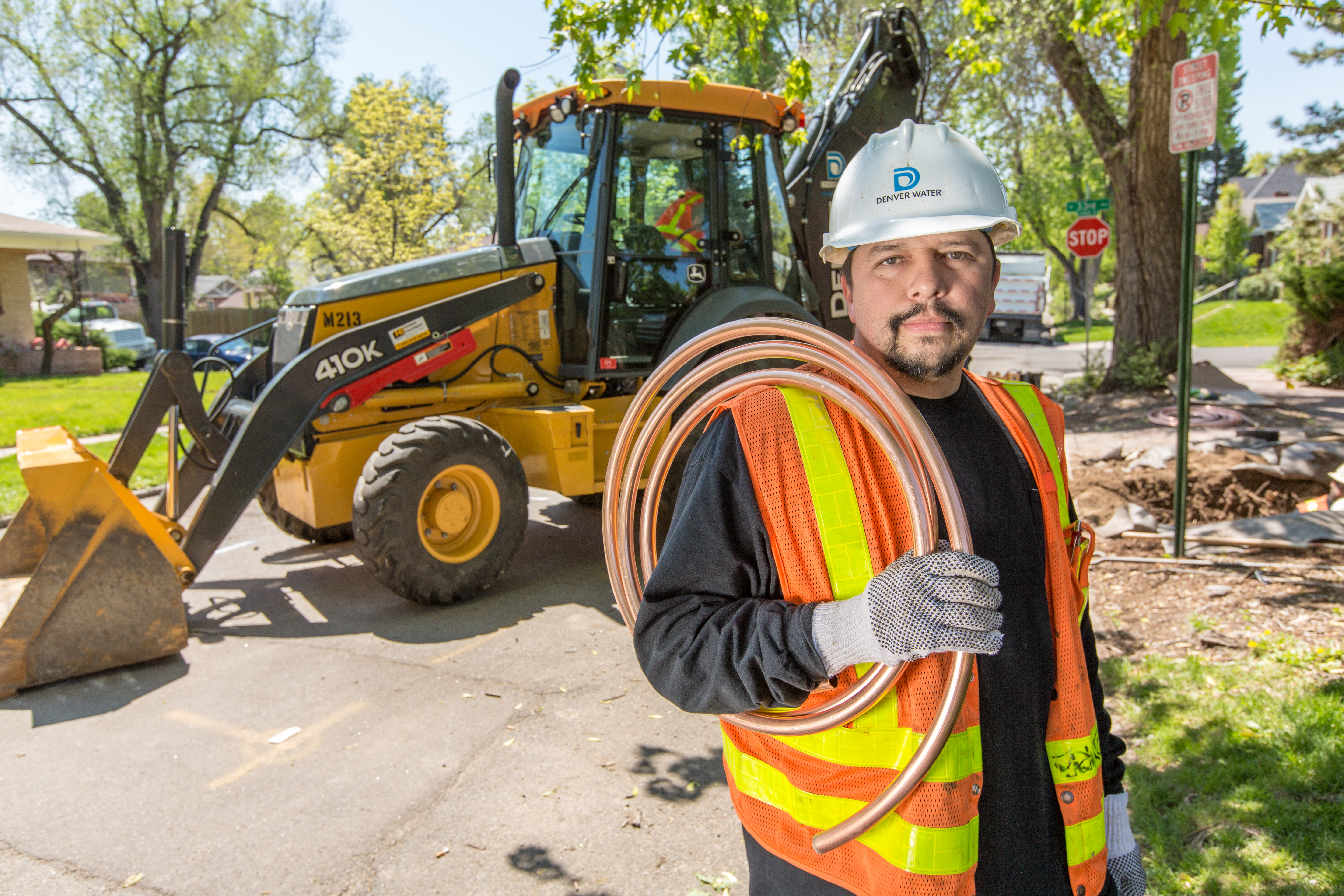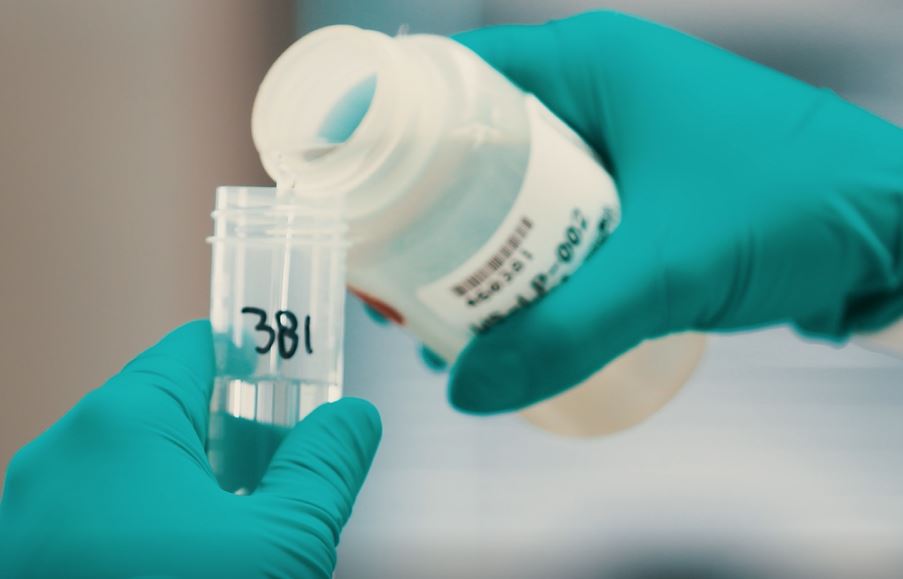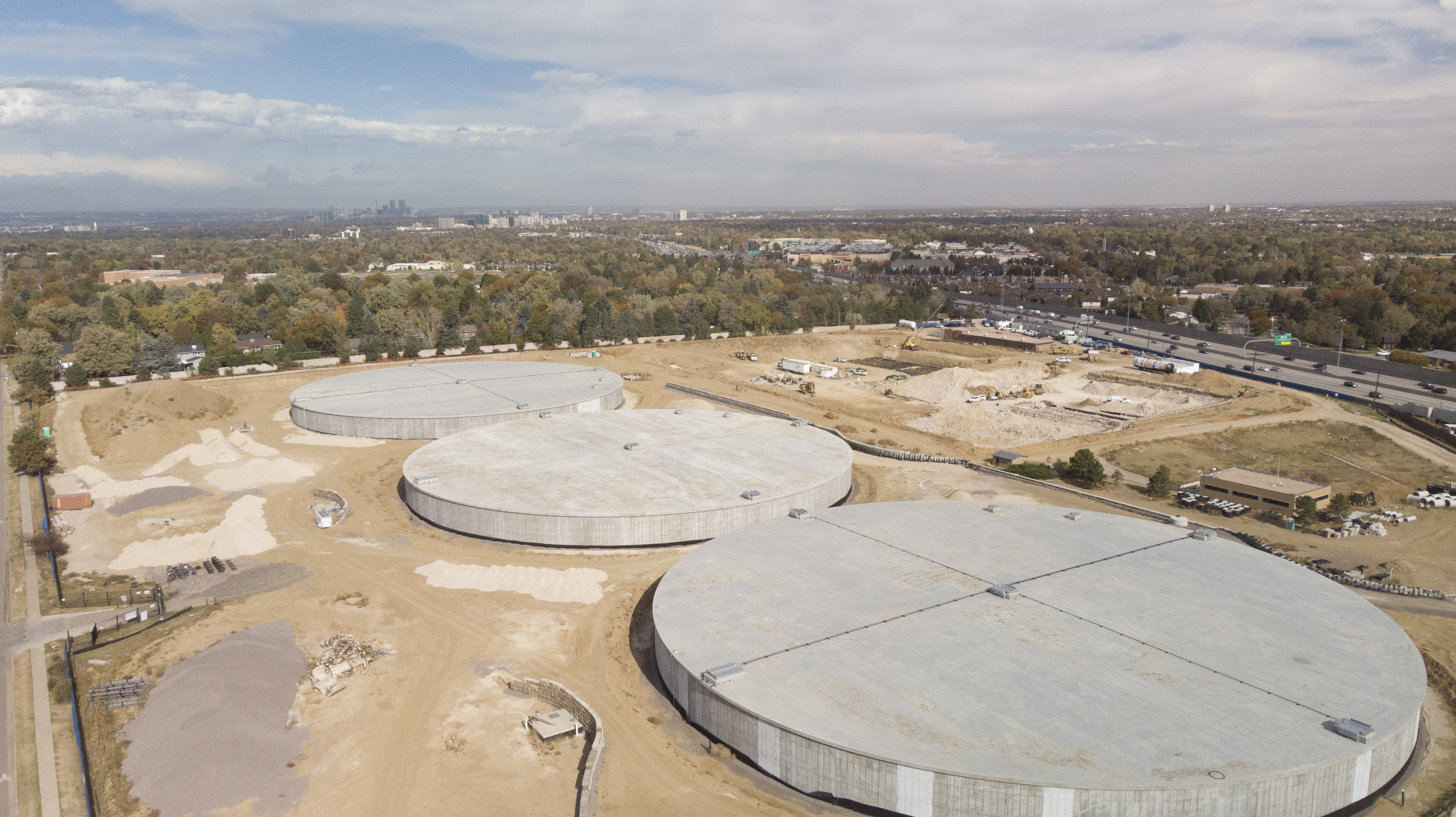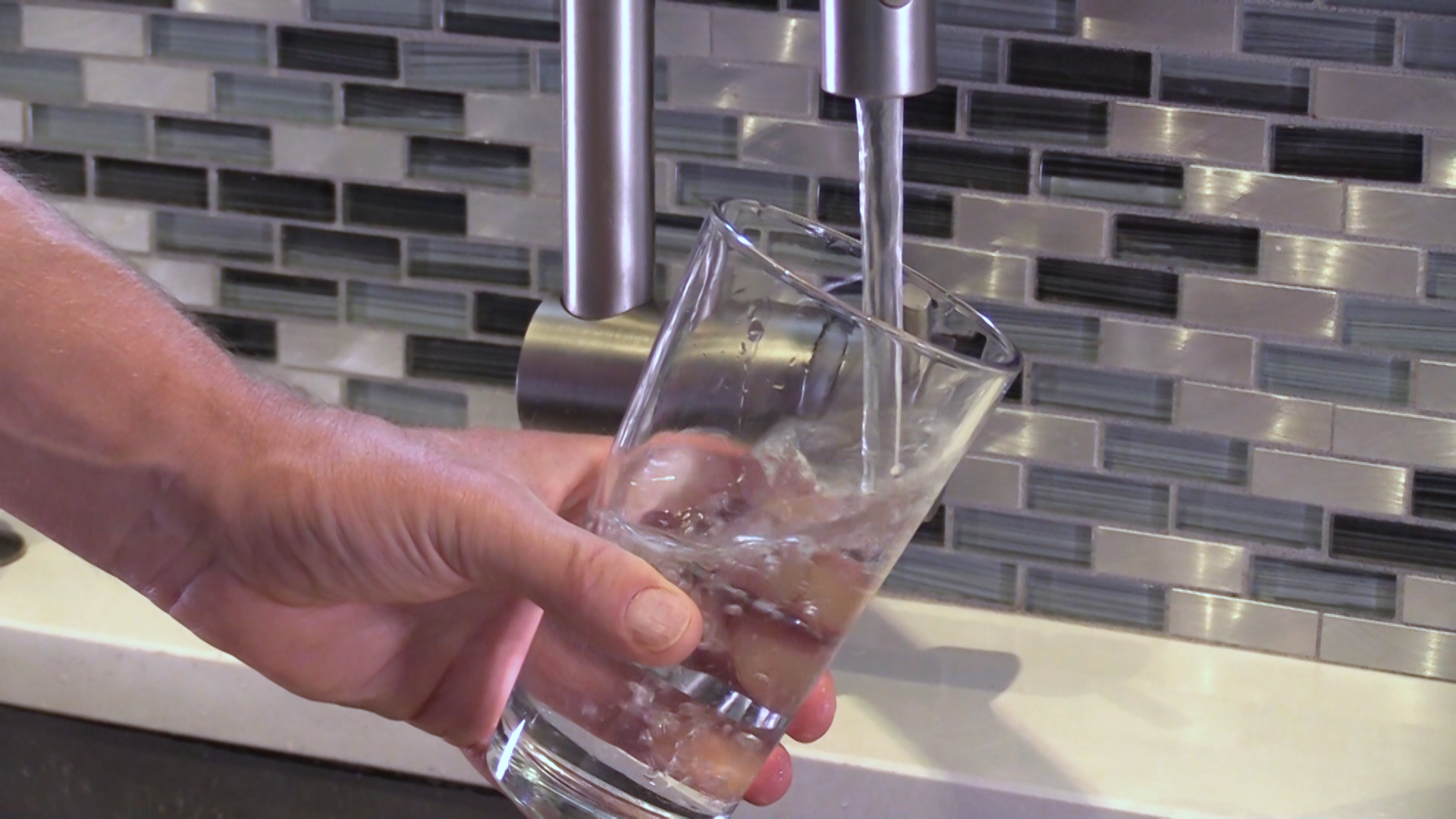
New water rates to be slightly higher in 2020
Ensuring the complex system that delivers clean, safe drinking water to one-quarter of the state’s population keeps humming along is no easy task.
Denver Water’s drinking water supplies come primarily from the snow that falls each winter across 4,000 square miles of watershed in the mountains. The utility operates three drinking water treatment plants. It has more than 3,000 miles of pipelines — enough to stretch from Los Angeles to New York — as well as 20 dams, 22 pump stations and 30 underground storage tanks.
And about 1,000 employees work every day to ensure the system operates seamlessly.
To pay for this critical system, Denver Water relies on water rates, bond sales, cash reserves, hydropower sales and the fees paid when new homes and buildings are connected to the system.
And while costs to maintain and upgrade this system continue to rise, Denver Water financial planners have worked to keep rate increases as small as possible.
On Oct. 23, the Denver Board of Water Commissioners adopted rate changes to pay for critical upgrades and projects to keep this system operating efficiently.
The new rates take effect Jan. 1, 2020.
For typical single-family customers, if they use the same amount of water in 2020 as they did in 2019, the new rates will increase their monthly bill by about $1 to $1.36, depending on where they live in Denver Water’s 335-square mile service area.
“We continue to move forward on a series of major, multiyear projects to ensure we’re delivering safe, reliable water to our customers,” said Denver Water CEO/Manager Jim Lochhead.
“Our rates will fund important projects like building a new state-of-the-art water treatment plant and laboratory, expanding a key reservoir and the ongoing replacement of aging water pipes. While costs to maintain and upgrade this system continue to rise, we have worked to keep rate increases as small as possible,” he said.
All residential customers will see a slight increase on both the fixed monthly charge and the price per gallon.
Inside Denver, a residential customer who uses 103,000 gallons in 2020 as they did in 2019 will see an overall rise in the monthly bill of about $1. Residential customers outside the city who use that amount of water will see a monthly increase between $1.15 and $1.36 per month.
A single-family customer in Denver who uses 103,000 gallons in 2020 can expect their annual water bill to be $525, up from $513 in 2019. A single-family customer who lives in a “total service” suburban water district, meaning Denver Water handles the billing, water delivery and system maintenance, can expect their 2020 annual water bill to be $711, up from $694 in 2019.
The difference in rates for customers who live inside Denver compared to those who live in the suburbs is due to the Denver City Charter, which was changed in 1959 to allow permanent leases of water to suburban water districts based on two conditions: 1) there always would be an adequate supply for the citizens of Denver, and 2) suburban customers pay the full cost of service, plus an additional amount.
Denver Water’s five-year, proposed $1.3 billion capital plan includes more than 100 major projects. The projects are focused on maintaining or upgrading infrastructure and ensuring the utility has the flexibility needed to ensure a reliable water supply as weather patterns in the future veer from the past and the population grows.
Money from the rates will help fund major projects, including the construction of a new, state-of-the-art water treatment plant, installation of a new 8.5-mile water pipeline to replace a pipeline that was built in the 1930s, the expansion of Gross Reservoir to provide a more reliable future water supply, construction of a new water quality lab to ensure Denver Water is meeting the highest quality standards, and the investment of more than $148 million to repair and replace water pipes.
“It’s our goal to have slow and steady rate increases with even, annual adjustments that allow our customers to plan ahead and avoid rate shocks,” said Fletcher Davis, rates manager for Denver Water.
A customer’s monthly bill is comprised of a fixed charge, which helps ensure Denver Water has a more stable revenue stream to continue the necessary water system upgrades to ensure reliable water service, and a volume rate for the amount of water used.
The fixed monthly charge — which is tied to the size of the meter — is increasing slightly in 2020 to ensure Denver Water is recovering 20% of its needed revenue from fixed charges.
After the fixed monthly charge, Denver Water’s rate structure has three tiers based on the amount of water used.
To keep water affordable, the first tier, which covers essential indoor water use for bathing, cooking and flushing toilets, is charged at the lowest rate.
The amount of water in this first tier is determined for each customer by averaging their monthly water use as listed on bills dated January through March each year. This is called their average winter consumption. Water use above the average winter consumption — typically used for outdoor watering — is charged at a higher price.
Denver Water does not make a profit or receive tax dollars. The utility reinvests ratepayers’ money to maintain and upgrade the water system.






